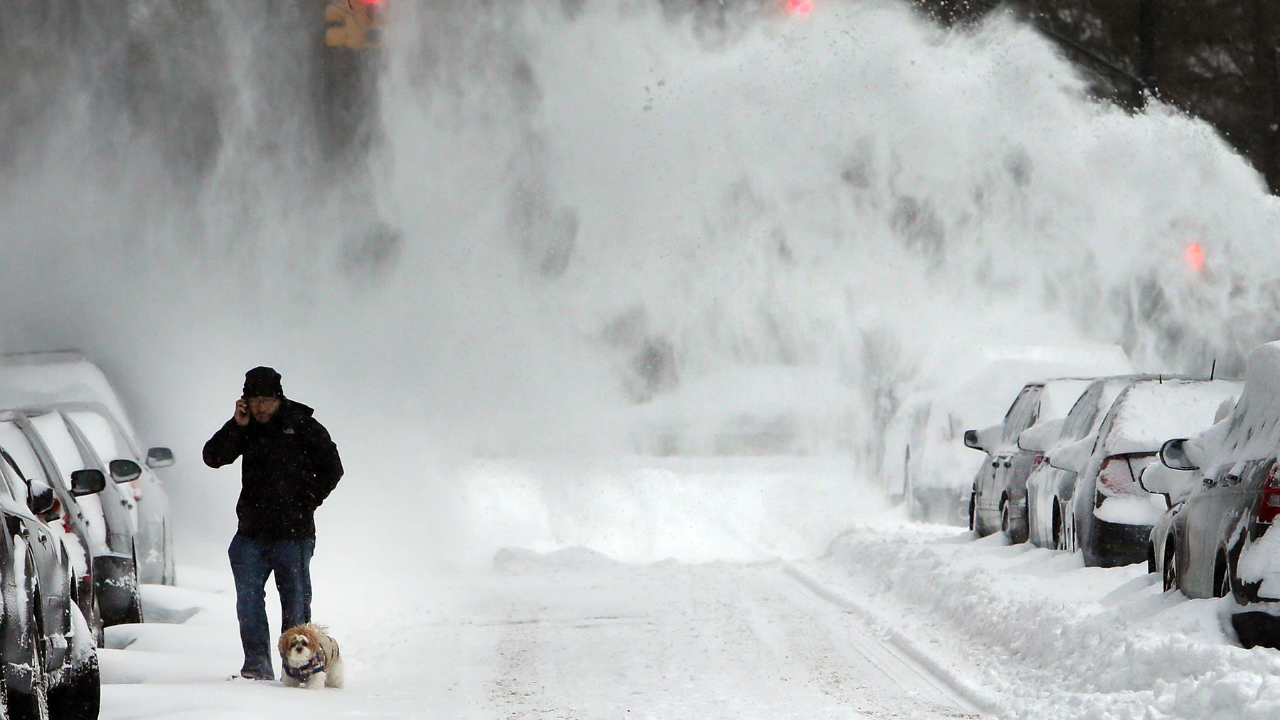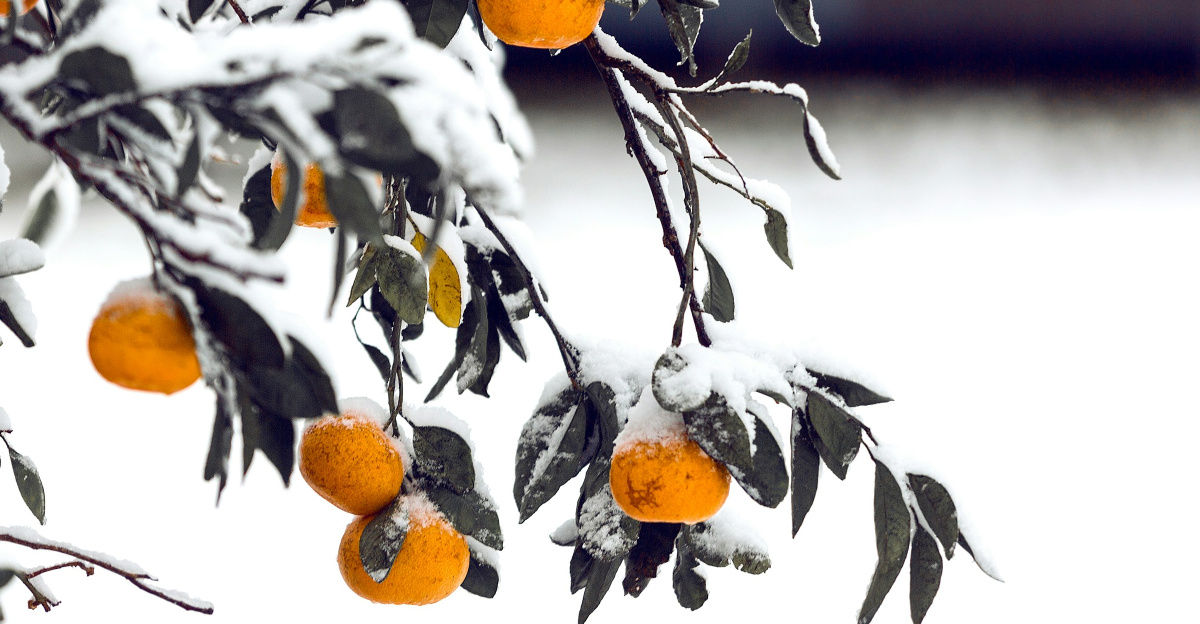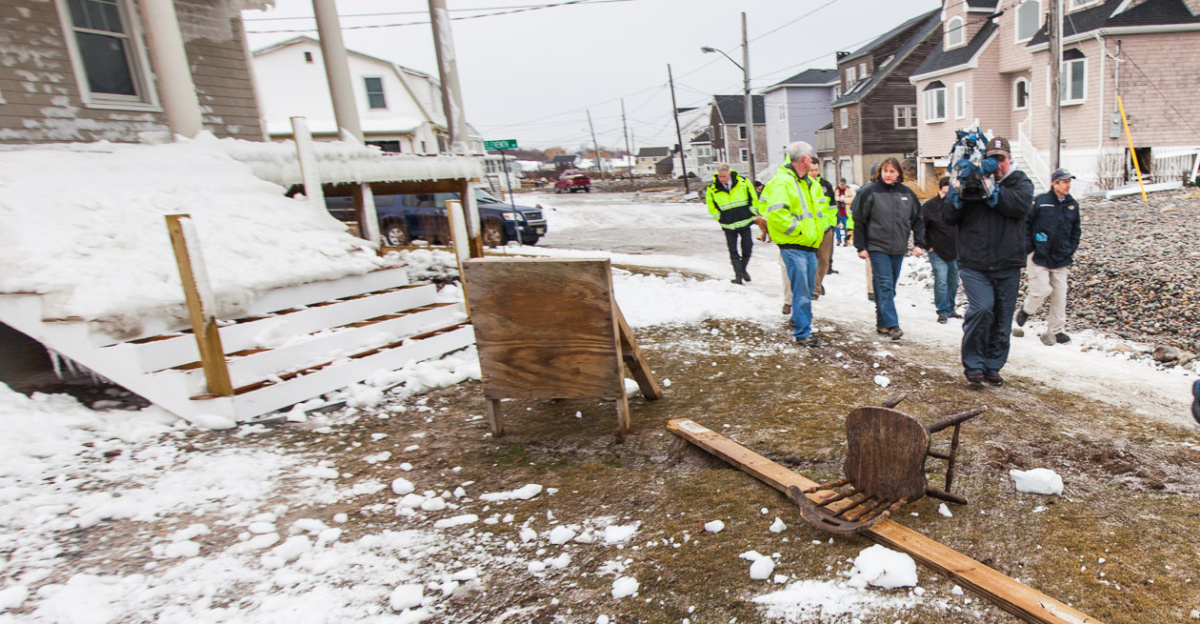
A deep freeze is sweeping across much of the United States, bringing with it the most significant early-season polar vortex disruption in decades. As snow, ice, and frigid winds grip the nation, the impacts are being felt from the Midwest to the Deep South, with travel, infrastructure, and agriculture all under strain.
Unprecedented Cold Outbreak
The November 2025 polar vortex event is one of the most intense sudden stratospheric warming (SSW) episodes ever recorded for this time of year. With temperature anomalies of 30-50°C expected in the polar stratosphere, the disruption surpasses the magnitude of previous November events in 1958, 1968, and 2000. This rare atmospheric phenomenon is sending waves of Arctic air deep into the lower latitudes, affecting an estimated 35-40 states. The timing is especially unusual—most major SSW events occur in January or February, not late November.
Travel and Infrastructure at Risk

The cold front is severely disrupting travel, with flights and roadways facing delays and cancellations. Major corridors, particularly along the I-95 route and throughout the Southeast, are at risk of becoming impassable. Holiday travel plans are likely to be affected as the cold outbreak persists into early December. Power grids are under increased demand, with utilities preparing for potential strain during peak heating hours. While widespread outages are not forecast, operators remain vigilant, drawing on lessons from past winter emergencies.
Farmers Face Mounting Challenges

Agriculture is bearing the brunt of the cold snap, especially in Florida, where the citrus industry is highly vulnerable to freeze damage. Citrus plants cannot survive extended periods below 28°F, and many farmers are still recovering from previous hurricanes and disease. The ongoing cold outbreak adds to their list of challenges, threatening further losses. Over the decades, repeated cold outbreaks have reshaped the agricultural landscape, leading to consolidation among larger companies and prompting many small growers to abandon their land or switch crops.
Emergency Response and Preparedness

Communities and local governments are mobilizing resources to assist vulnerable populations. Emergency management agencies are updating severe weather protocols, and utility crews are reinforcing infrastructure. Local, state, and federal agencies are coordinating to ensure preparedness for affected communities. Residents are urged to stay indoors, check on neighbors, and prepare for prolonged cold conditions. The situation demands swift action, with emergency services bracing for an extended period of disruption.
Meteorological Significance and Future Implications

The polar vortex disruption is forecast to affect a broad geographic area, from the Northern Plains through the Midwest, Great Lakes, Northeast, and Southeast. This early-season SSW event is rare, with only three November occurrences in the past 70 years. The unseasonable timing and intensity of the vortex disruption are driving significant cold-air outbreaks, with meteorologists closely monitoring evolving atmospheric conditions. The outcomes of this event could shape future approaches to winter weather planning, climate adaptation, and policy responses to severe weather. As climate patterns show increased variability, the frequency of such cold events may change, prompting ongoing study and adaptation.